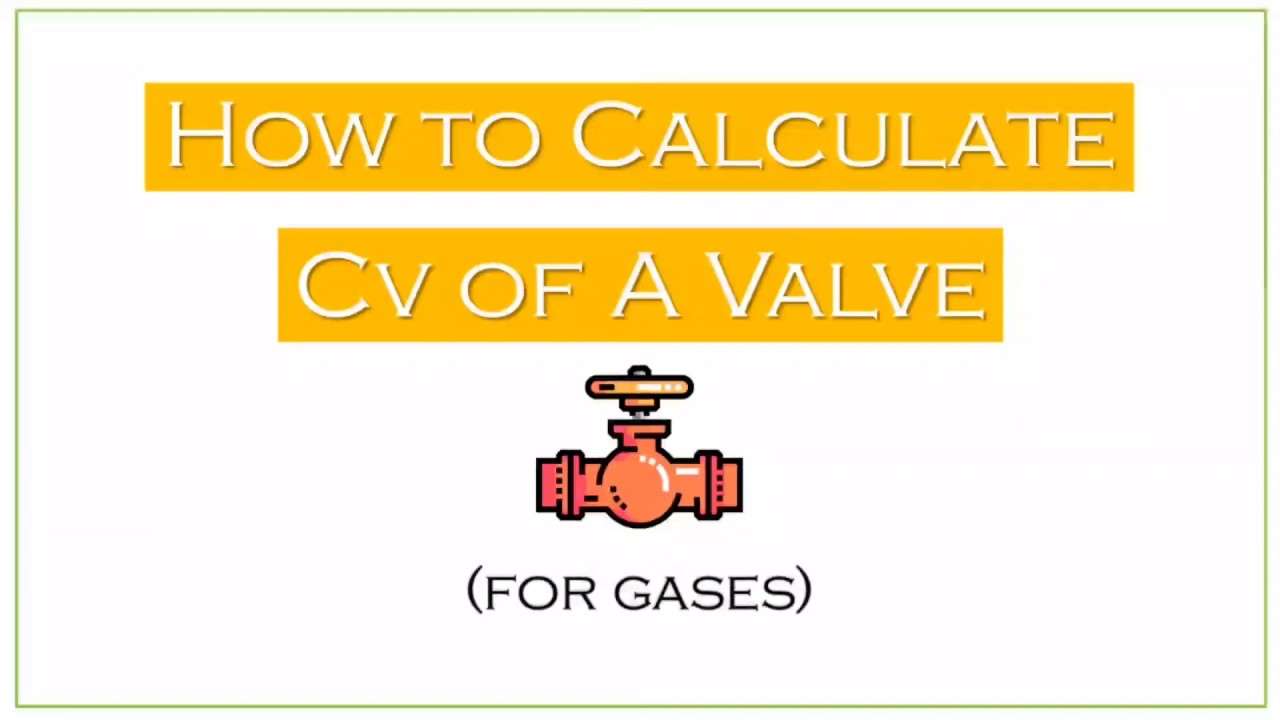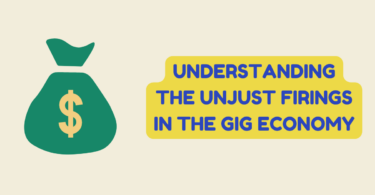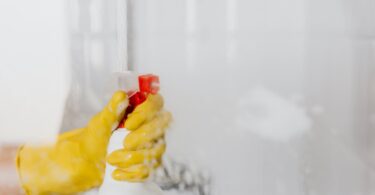
Cv Or Kv Of A Control Valve
What Is CV?
The “Cv” is the most crucial coefficient for calculating and selecting a regulating control valve. Indicates the ability of a restriction to be traversed by a fluid. It is as if this value gives an approximation of how big the restriction hole is.
CV Control Valve
The less the Cv, the smaller the hole, or the more resistance the valve offers to fluid passage.
When a regulating control valve is fully open, it’s through-hole is the largest it can be, and its CV will have the maximum value. As the valve closes, the hole will decrease, and Cv will be less.
CV Calculation
Valve Cv Calculation
Technically its definition is the flow of water that can pass through a restriction at 60 F, measured in gallons per minute (GPM), which produces a pressure drop of one pound per square inch (psi).
Kv is the same as Cv, but in metric units, the equivalence is Cv = 1.156 x Kv
The only formula we should remember:
Formula Cv Valve
This formula is simplified; the exact Cv calculation depends on more factors; however, with this formula, an approximate calculation can be made in many cases.
For example:
The fluid is water. Specific gravity SG = 1.
A flow rate of Q = 50 GPM has been defined.
A pressure drop (P1-P2) = 10 PSI has been reserved.
According to the formula, the calculated Cv will be equal to 15,811.
Practical example:
The process department is requested to provide the valve operation data.
Valve Process Data
After studying these data, the instrumentation engineer should sit down with the process engineer to understand the valve’s function in the process, what is expected of the valve, and if the data is adequate.
After this little talk, the instrumentation engineer will calculate the Cv at each operating point proposed by the processors.
Actually, for Cv’s calculation, some program available on the internet is used, which takes into account many more factors and will allow a more precise calculation.
I&C Valve Data
And with these maximum CV, average CV, and minimum CV values calculated, what to do? Keep the instrumentation department entertained because the essential calculation is the one that the supplier will perform.
The process data will be sent to the suppliers, and they will indicate the value of the actual “Cv” required by the valve they are offering to achieve the conditions by the process.
Control Valve Supplier Data
If the design is correct, the valve offered will be less than or equal to the pipe where it is installed. To install a regulating control valve, reducers must be installed in the pipeline to adapt the pipeline to the calculated valve. However, the on-off valves are always usually the same size as the pipe.
Control Valve Mounting
The data received by the supplier can be used to check if the calculation carried out by the engineering company is similar to what the suppliers are proposing. If they look like an egg to a chestnut, find out where the problem is.
Control Valve Data
In this example, Blackhawk supply control valves requires a CV (maximum) of 312.809, a CV (average) of 138.956, and a CV (minimum) of 69.092 (very similar to what the instrumentation engineer had calculated).
Usually, the supplier will have a curve for each of its valves related to the CV (how big the hole is), with the percentage of opening in which the valve is located.
Opening CV Valve Curve
With this curve, it will be known which position the valve needs to generate each calculated Cv.
An essential data of the offered valve is the “Rated Cv.” This value is the CV when the valve is fully open (100%).
The operating point where the valve works the most open the CV is 319, as the Rated Cv is 400. Still, there is a certain margin of safety of oversizing. As a general rule of thumb for globe valves, the Rated Cv (the maximum CV of the valve) must be at least 125% greater than any full CV calculated from the process data.
Rated CV Valve
On the other hand from Blackhawk supply control valves, as a “general rule”, the noise calculated by the supplier at each operating point must be less than that required by the end customer. Lately, in regulation control valves, it is generalized to request <85db. When the calculation exceeds what is required by the customer, you can follow the instructions in this article: “click here – maximum noise level in a valve.”
Types Of CV Curves
Each supplier for each control valve model should have its own “Position / Cv” curve.
Although each valve has its own, we can speak of three large groups:
– Quick opening valves
-Linear opening valves
– Equal percentage opening valves
CV Curves
Depending on each type of valve’s mechanical characteristics, its curve will be better identified with one group or another. For example, butterfly and ball valves generally have a similar curve to quick-opening valves, and globe valves are usually a linear or equal percentage.






